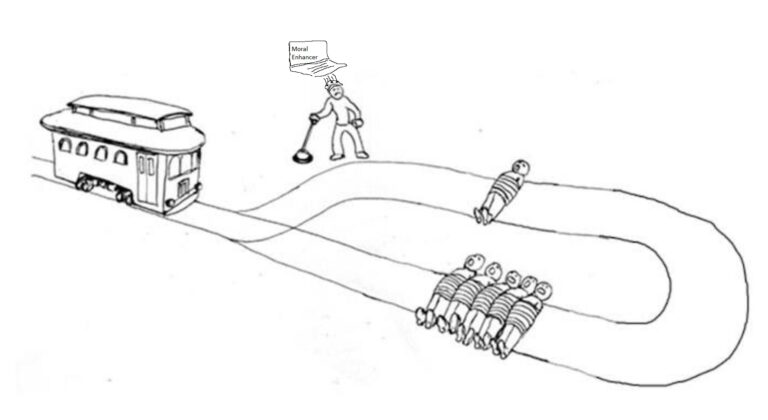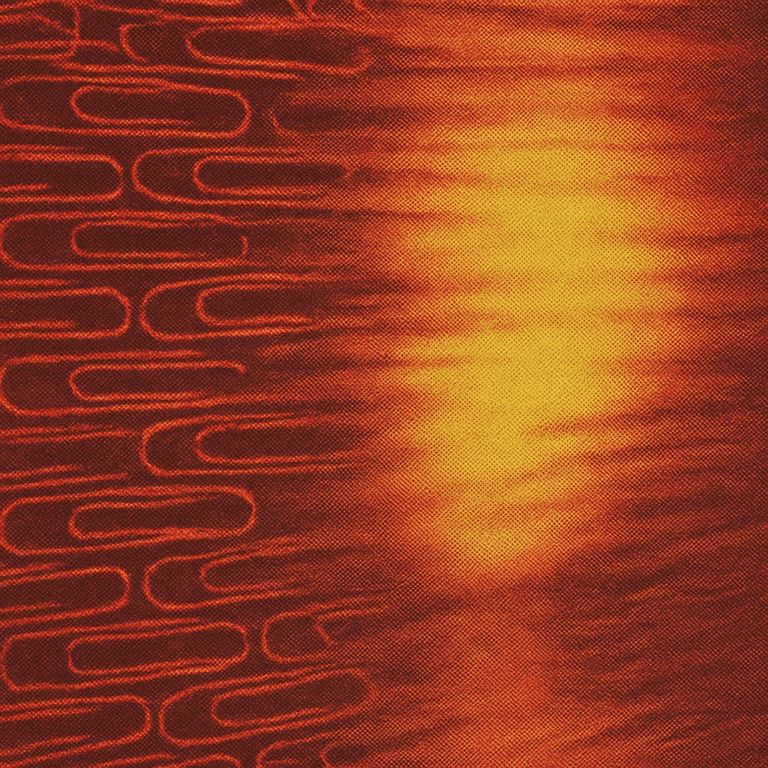Stelarc – The Intersection of Technology, Art & Design – Directions in Human Enhancement
Stelarc’s art suggests that humanity’s future lies not in holding onto the “natural” body, but in embracing its redesign. The body is contingent – a temporary configuration ripe for reinvention.
“The idea of redesigning the body is something that’s come out from the perceived inadequacies in interacting with technology. So for me it’s not an issue of utilitarian improvement of the body, but rather exploring alternate anatomical architectures. It’s not about any eugenic concerns or improvements of the body as such but rather experimenting and exploring with different ways of operating and becoming aware in the world”
Stelarc – 2011 in interview with Adam Ford
In my 2011 conversation with Stelarc, the pioneering performance artist unpacked a lifetime of experiments that blur the boundaries between flesh, machine, and virtual systems. His work is less about “improving” the body in any utilitarian sense, and more about interrogating its obsolescence – testing new architectures of awareness and embodiment.
Beyond Biological Limits
Stelarc’s starting point is blunt: the biological body is profoundly inadequate. But for him, the answer isn’t eugenics or traditional enhancement. Instead, he envisions bodies reconfigured through art and engineering: third hands that draw alongside our “natural” limbs, ears grown on arms not for hearing but for transmitting, and ambidextrous, data-driven prostheses. The body becomes a site for experiment, and a canvas for sculpting alternate anatomies.
Mixed Realities and Distributed Agency
I think we’re expected to increasingly perform in mixed realities so sometimes we’re biological bodies, sometimes we’re machinically augmented and accelerated and other times we have to manage data streams in virtual systems. So we have to seamlessly slide between these three modes of operation – and engineering new interfaces, more intimate interfaces so we can do this more seamlessly is an important strategy.
Stelarc
We already perform across multiple modes, Stelarc notes – as biological organisms, machinic systems, and data managers in virtual networks. His performances anticipate a future where our agency is distributed across these layers: seeing through someone else’s eyes in London while controlling an arm in Melbourne, or allowing avatars and AI agents to access physical surrogates in the real world. In this vision, the lines between physical and virtual collapse into one continuous operational system.
From Suspension to Symbiosis
Stelarc’s infamous body suspensions exposed both the endurance and fragility of flesh, serving as metaphors for the body’s pull between gravity and information. Later projects turned toward symbiosis: bodies hosting implants, machines hosting biological matter, and the looming possibility of nanobots recolonising us from the inside out. Whether visible as cybernetic exoskeletons or hidden as microscopic intrusions, technology becomes inseparable from our embodiment.
Contestable Futures
For Stelarc, categories like “transhumanism” or “posthumanism” are less important than the lived experiments themselves. The futures he sketches are multiple: oversized manga-style exosuits, invisible nanotechnological interiors, or viral avatars proliferating across the internet at light speed. In each case, the human is neither abandoned nor preserved, but continuously re-engineered.
Art as Anatomical Experiment
From his early perceptual helmets to collaborative works like Blender — a machine hosting biomaterial from two artists’ bodies — Stelarc insists that art is the space where speculative futures of embodiment can be tested first. He imagines artists as “genetic sculptors,” bioprinting teratoma-like living forms to challenge our assumptions about what counts as “a body.”







